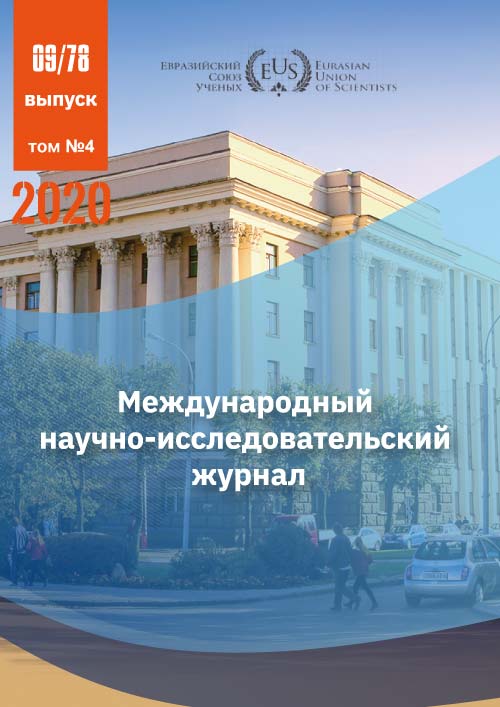PRINCIPLES OF TEACHING FOREIGN LANGUAGES BASED ON THE FORMATION OF STUDENTS’ COGNITIVE COMPETENCE
Аннотация
Nowadays teaching foreign languages is impossible to imagine without the use of multimedia teaching tools. In this connection, the importance of information technology in the foreign language classroom is great. It deals with different technologies like internet technology and multimedia technology in the development of learners’ intellectual competencies. Modern technologies allow development of intellectual potentials in improvement process of traditional and information forms and methods of education. It also develops methods of teaching, implementation of training, finding and adaptation of information from different sources, accessibility of different tools and techniques in teaching process, trainability of systematic education process, improvement of selfeducation, creation of a positive emotional background for teaching; and many other issues. The use of cognitive technology creates the most positive and favourable conditions in motivation of teaching foreign languages.
Литература
2. Berkimbayev K.M., Kerimbaeva B.T. Key competences of a teacher of English language/ http://www.rusnauka.com/7_NMIW_2011/Pedagogica/2_81189.doc.htm
3. Кунанбаева С.С. Современное иноязычное образование: Методология и теории. - Алматы: ТОО Дом печати Эдельвейс, 2005. – С. 49-76, 200-260
4. Canale, M. and Swain, M. (1980). Theoretical bases of communicative approaches to second language teaching and testing. Applied Linguistics 1, 1-47.
5. Martin and Vaughn (2007) Competency Model Statistical Validation and Business Case Development, HR Technologies White Paper http://www.hrcompass.com/validation.html
6. Robert I. V. Modern information technologies in education. -Moscow School Press, 1994.-215p.
7. Frolov N. H. Problems of application of multimedia technology in higher education // High technology in the pedagogical process: abstracts Interuniversity Scientific Conference university professors, scientists and specialists.— Nizhny Novgorod, VSPI, 2000. — 96–98 p.
8.Galtsova N.P., Mezentceva T.I. Shvadlenko I. A. The use of electronic information and educational resources to support scientific research of young scientists.// Vestn. Tomskogogo. ped. Univ (Tomsk State Pedagogical University Bulletin). V.10. Series: Pedagogy, 2006.13–18p.
9. Shchukin A.N. A new intensive training method. Magazine «Foreign languages at school», 2005,№ 2;-36–37p.
10. Polat E.S. Information technologies for foreign language lessons. Magazine «Foreign languages at school», № 3. 2001 97–98p.
11. Merchant, Guy . "Teenagers in cyberspace: an investigation of language use and language change in internet chatrooms." Journal of Research in Reading. 2001, Vol. 24, Iss. 3, ISSN 0141-0423.
12. Topping, Alexandra (10 June 2009). "'Web 2.0' declared millionth word in English language". The Guardian. Archived from the original on 24 October 2016.
13. Birkerts, S. "Sense and semblence: The implications of virtuality." In B. Cox (Ed.), Literacy is not enough. Manchester University Press. 1998.
CC BY-ND
Эта лицензия позволяет свободно распространять произведение, как на коммерческой, так некоммерческой основе, при этом работа должна оставаться неизменной и обязательно должно указываться авторство.







